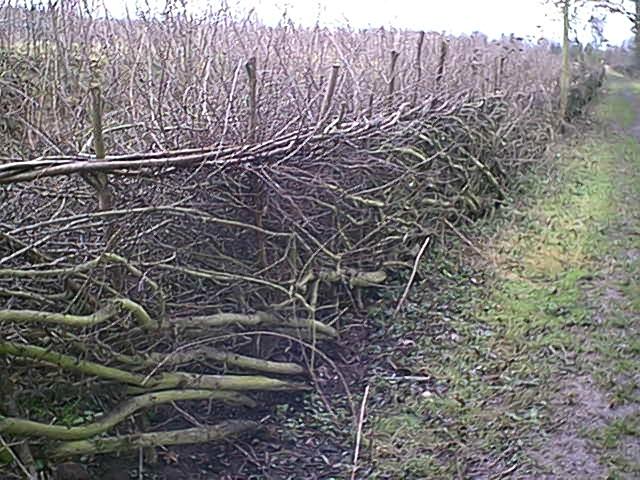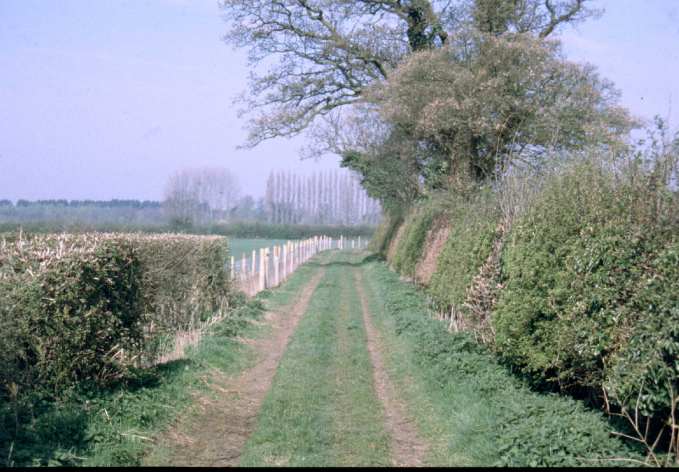|
Hedgerows, a priority habitat under the UK Biodiversity Action Plan (BAP), are the most significant wildlife habitat
over large stretches of lowland UK. They are vital reservoirs of biodiversity within the
farmed landscape, and provide a primary habitat for at least 47 species of conservation concern
in the UK, including 13 globally threatened or rapidly declining ones – more than for most other
BAP habitats. They are especially important for butterflies and moths, farmland birds, bats and
dormice. Over 600 plant species, 1500 insects, 65 birds and 20 mammals have been recorded at
some time living or feeding in hedgerows. They may also act as essential corridors along
which animals and plants can disperse and communicate.
Farmland
managed by the Trust contains more than 30 km of hedgerow, at a density of 6.9 km per square
kilometre – well above the national average. Several of these are ancient, predating
Enclosure in the 18th century, and some – such as the Bredon-Kemerton parish hedge –date back at
least to Saxon times. In recent years the Trust has sought to improve this habitat by
encouraging farmers to increase the height and width of hedges, and to reduce the frequency of
trimming. It also promotes the restoration of thinning hedgerows and the prevention of
agro-chemical drift into hedge bottoms.
A
complete survey of all the hedges under the Trust’s control has been carried out in order to
monitor the effects of various management practices. For a full description of the
methodology involved please see our hedgerow survey page.
|

A recently laid hedgerow near Kemerton Lake
|










